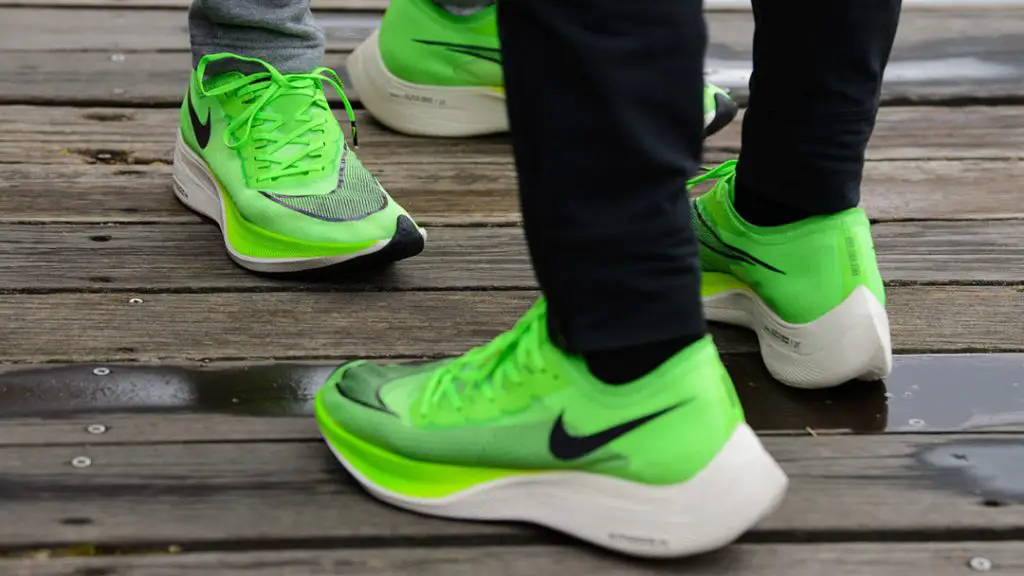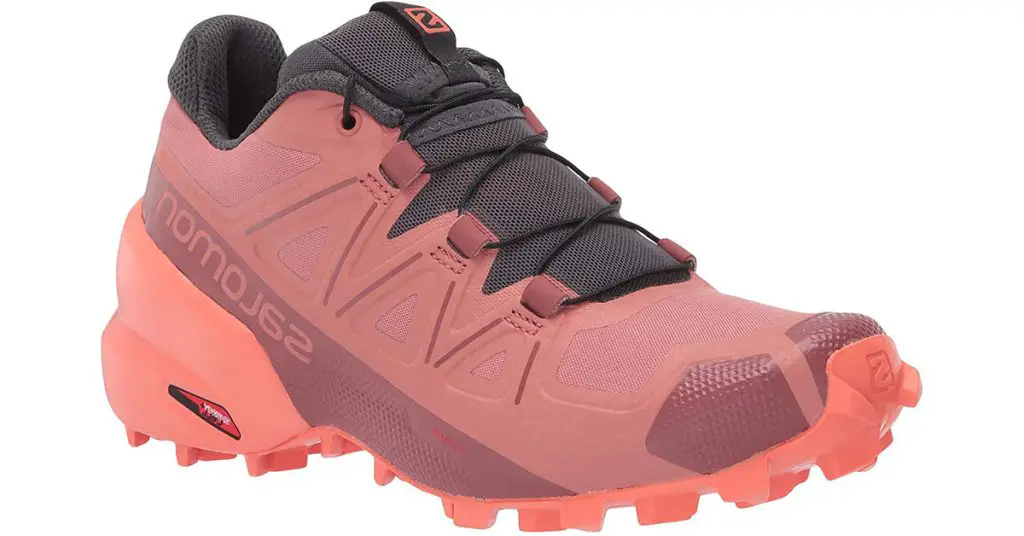Estimated read time: 4 minutes.
Athletes have been looking for ways to gain an edge over their competition for as long as sports have been around. Recently, some athletes have turned to carbon-plated running shoes in an attempt to run faster. But do they actually work? And are they worth the price? This article will look at the evidence and determine whether carbon-plated running shoes are worth your money.
What are Carbon Plated Shoes?
Carbon-plated running shoes are the latest in a new wave of lightweight, cushioning technology for athletes. They feature a stiffer midsole made out of carbon fiber, which helps provide additional energy return as you run. This means that with each step you take, more energy is returned to your muscles, allowing them to work more efficiently and providing you with an extra boost of speed.
Are Carbon Plated Shoes Better?
The research on whether carbon-plated shoes improve performance is still inconclusive, but some studies suggest they may benefit certain runners.
Through exhaustive research and rigorous testing, Nike’s groundbreaking prototype carbon Vaporfly shoes were proven to provide a staggering 4% boost in running economy on average. This translates into a 3.4% increase in velocity for marathon world record pace – practically shaving off over four minutes from the current overall best time!
In addition, there is some evidence that carbon-plated shoes may provide more cushioning and stability than traditional running shoes, which could benefit runners who tend to experience pain or discomfort while running due to overpronation or other reasons.
Advantages of carbon running shoes
More Energy Return
The main advantage of carbon-plated running shoes is that they can provide more energy return, helping you to run faster and longer.
Carbon plates are a valuable addition to any running shoe, ensuring the toes remain stiff during each stride and saving energy with every step. Not only that, but their reactive cushioning also propels you forward – reducing muscle effort.
Carbon running shoes make you faster
Marathon records were shattered with the introduction of Nike’s revolutionary running shoes. An analysis of 500,000 training runs by Strava revealed that athletes wearing Nike Vaporfly 4% sped up their marathon times by an average of three percent compared to all other runners – a result proven in both amateur and professional races alike! Eliud Kipchoge set new standards when he used these models to become the world record holder for marathons and the first person on Earth to finish 42.195 kilometers in under two hours!
Improved running economy
Every marathoner knows how valuable a good running economy is when the miles start to add up. Now, energy recovery technology can help by improving our style and allowing us to go further with less pain – reducing fatigue and injury risk while we push ourselves toward that finish line.
Disadvantages of carbon running shoes
Hefty Pricetag
The running shoe market has seen a massive price jump with the introduction of carbon models. Traditional lightweight shoes are often found in the 100-150 euro range, but most carbon versions cost around 250 euros – an extra hundred that quickly adds up! Some top-of-the-line options have been spotted at 300 euros or higher, reminding us all that true performance comes with a hefty price tag.
Short Durability
Carbon running shoes may sound sleek and modern, but they don’t necessarily provide the most bang for your buck. While carbon models are designed to be lightweight, this comes at a cost – these shoes generally need replacing after just 300 kilometers of use! In comparison, long-lasting classic running shoes can remain resilient even up to 1,000km – that’s three times longer than their flashier counterparts.
Better running performance only at high speed
If you’re an aspiring marathoner with your sights set on under three hours, carbon-soled running shoes could be a perfect choice. According to Michael Buchleitner, managing director of RunInc and former top marathon runner who spoke during Vienna Marathon coverage on TV, anything slower than 4:00 minutes per kilometer won’t benefit from this kind of shoe technology due to increased contact times with the ground, so if it’s the speed that matters – better lace up those carbons!
Are Carbon Plated Shoes Worth it?
It really depends on your goals and budget. There is no doubt that carbon-plated running shoes can help you run faster and longer, but they come at a cost. For frequent marathoners or athletes looking to break records, they could be worth the investment – but for most casual runners, traditional lightweight shoes might be the better option. Ultimately, it comes down to what best fits your needs and budget – so take time to consider all the pros and cons before making any decisions.
Conclusion
Carbon-plated running shoes can be a valuable tool in the performance athletes’ arsenal. From improved energy return to increased speed and economy, they offer a range of benefits that can help push you towards achieving your goals – but with their hefty price tag and relatively short durability, they’re not for everyone. Consider your needs and budget carefully before making any decisions, then get out there and start smashing those records!
FAQ
Are carbon-plated running shoes better than regular lightweight shoes?
It depends on your goals and budget. For frequent marathoners or athletes looking to break records, they could be worth the investment – but for most casual runners, traditional lightweight shoes might be the better option.
How long do carbon-plated running shoes last?
Carbon models generally need replacing after just 300 kilometers of use – about three times less than classic running shoes.
Is it possible to run faster with carbon-plated running shoes?
Yes! Analysis of 500,000 training runs by Strava revealed that athletes wearing Nike Vaporfly 4% sped up their marathon times by an average of 2.2%.
How much do carbon-plated running shoes cost?
Most carbon versions cost around 250 euros, while some top-of-the-line options can be found at 300 euros or higher. Keep in mind that true performance comes with a hefty price tag!
- How Many Laps Around a Track is a 5K: Your Guide - October 22, 2023
- When is Track and Field Season? - October 22, 2023
- Understanding the Length: How Long Is a Running Track? - October 22, 2023




